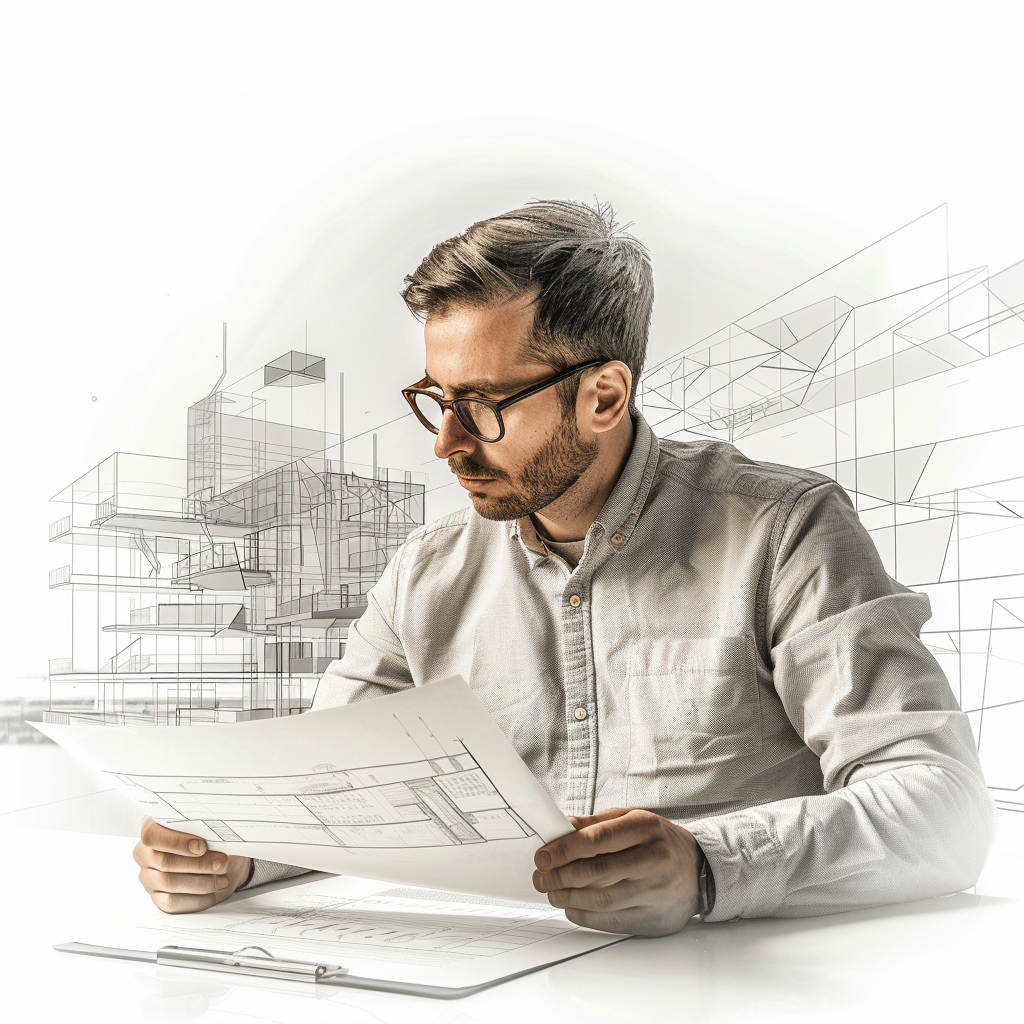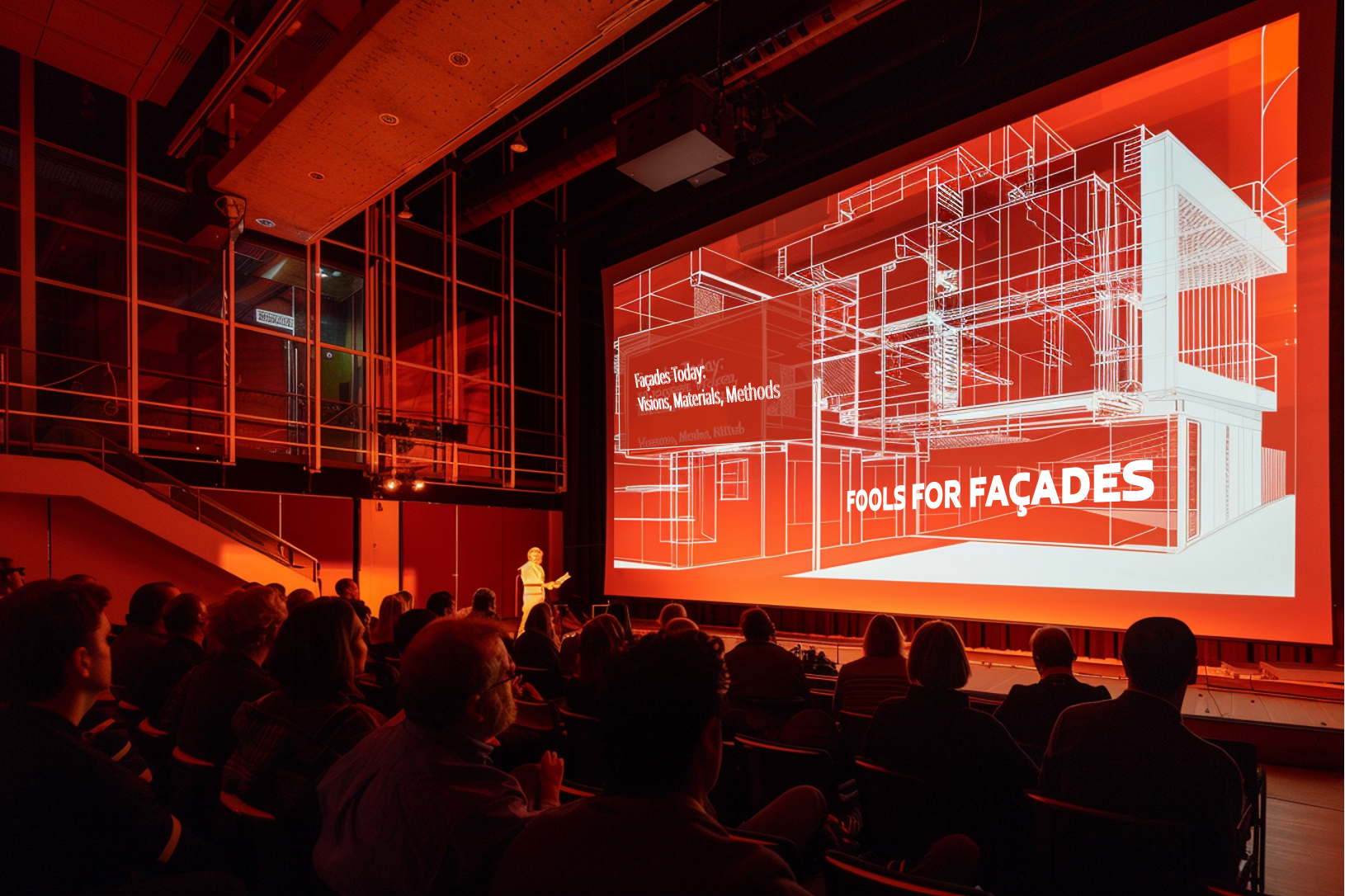
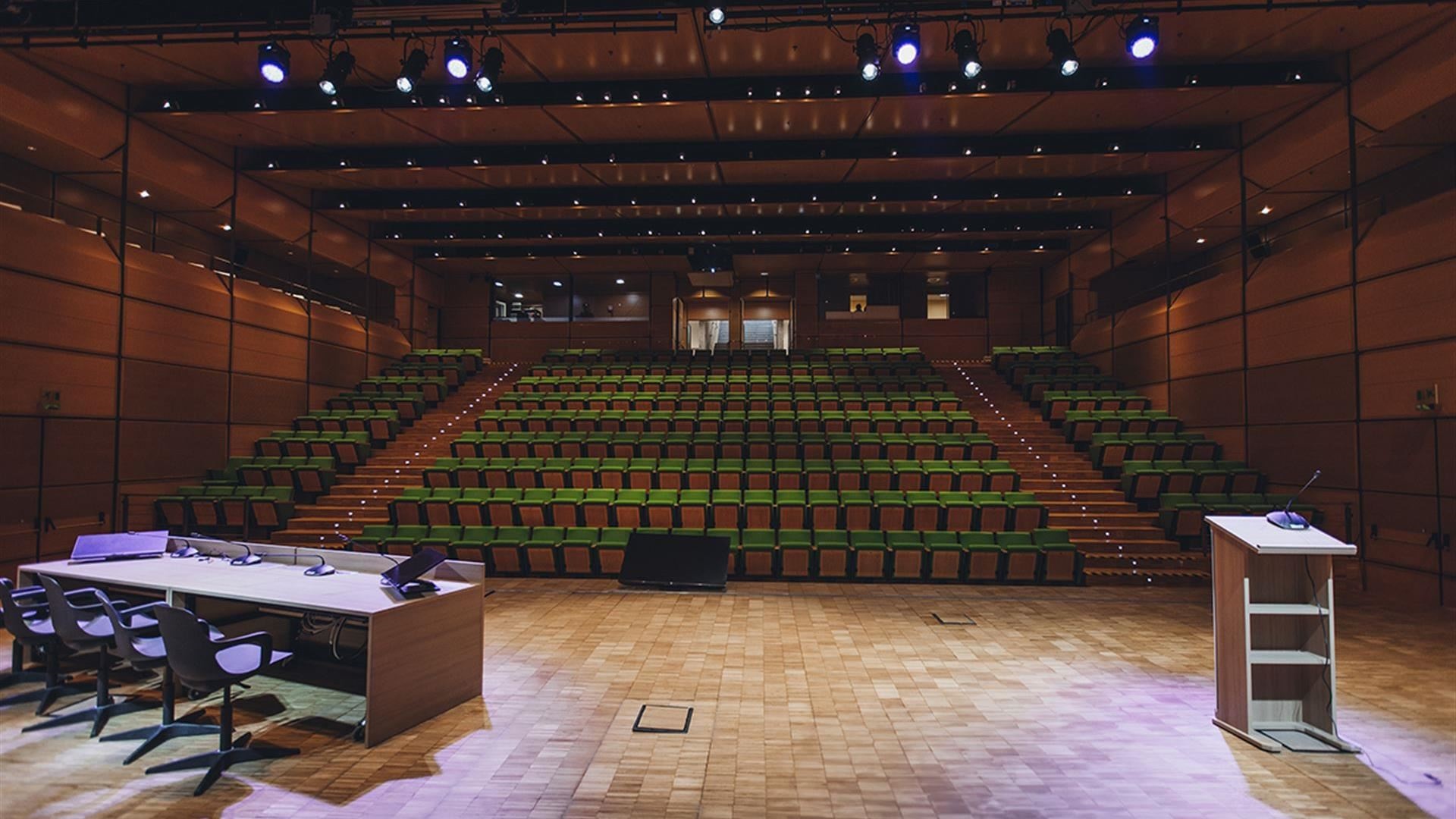

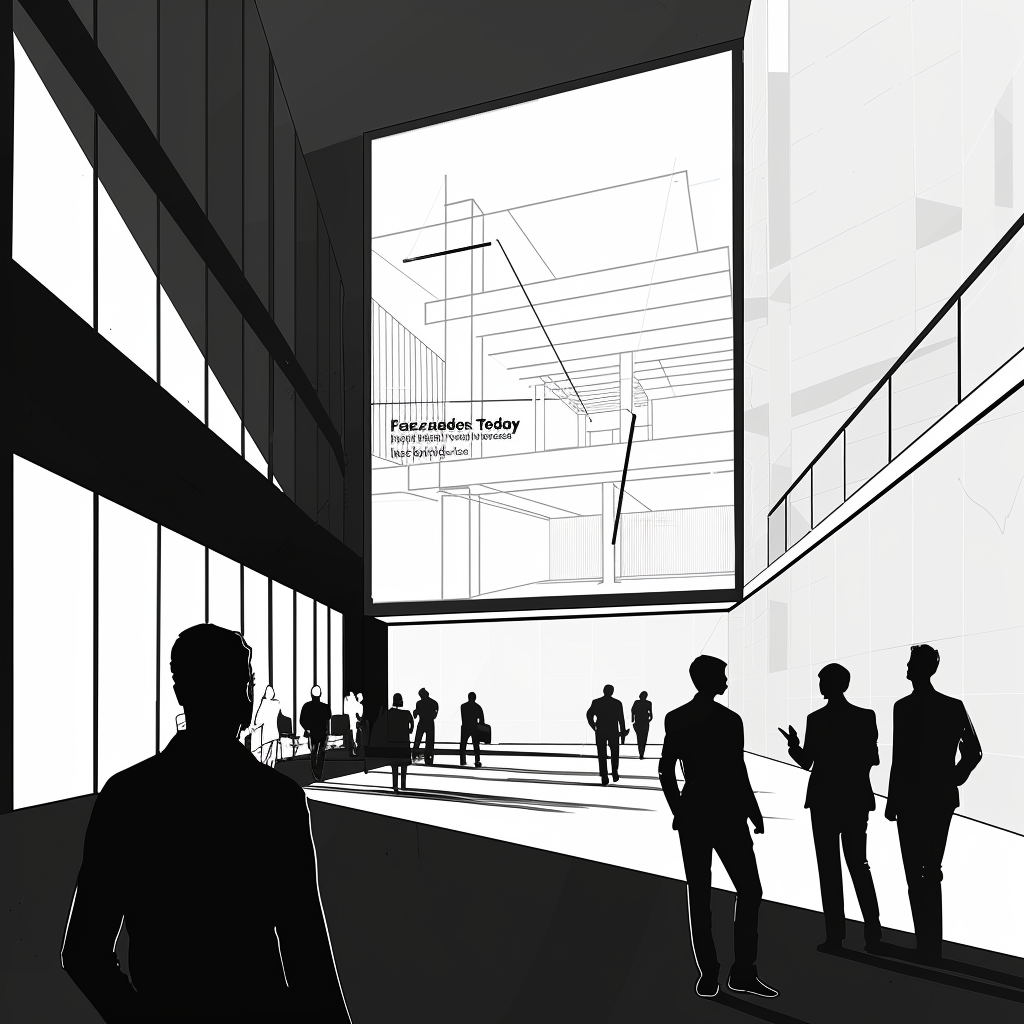

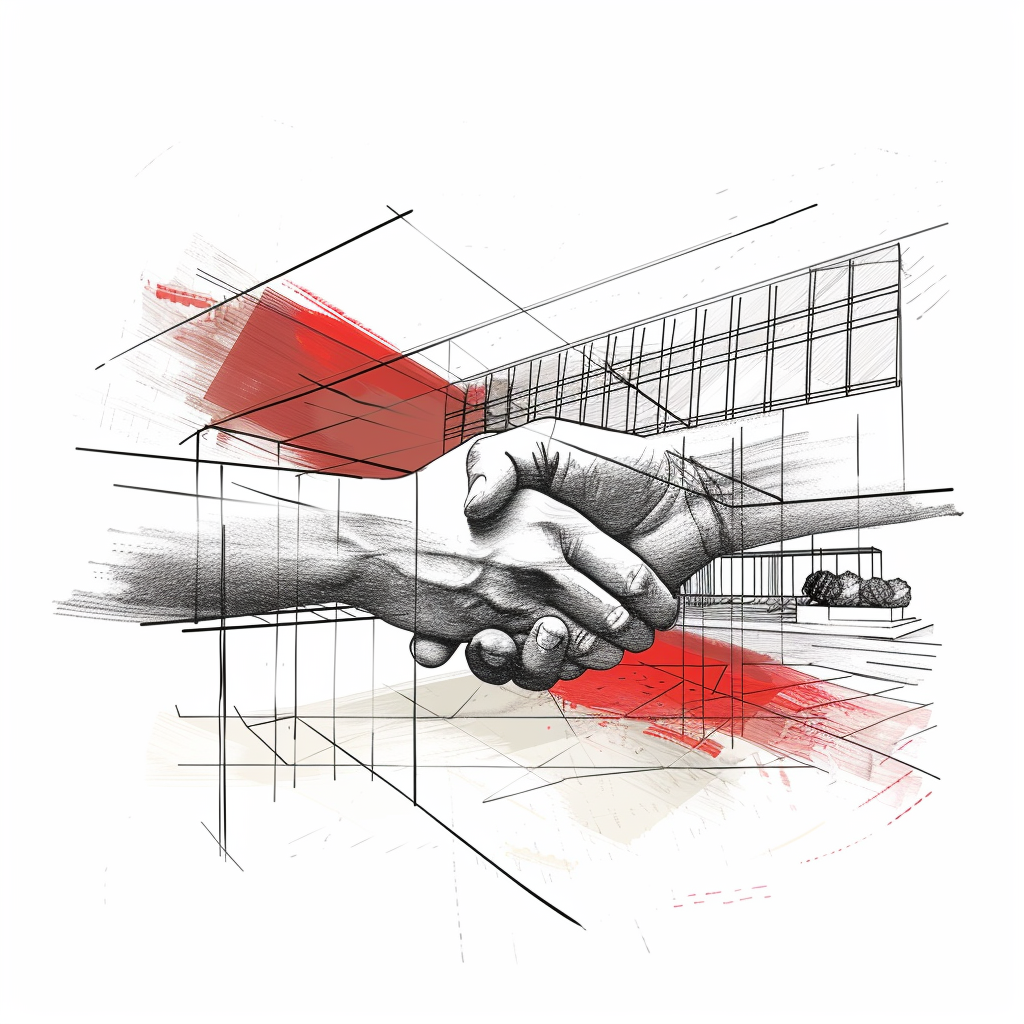


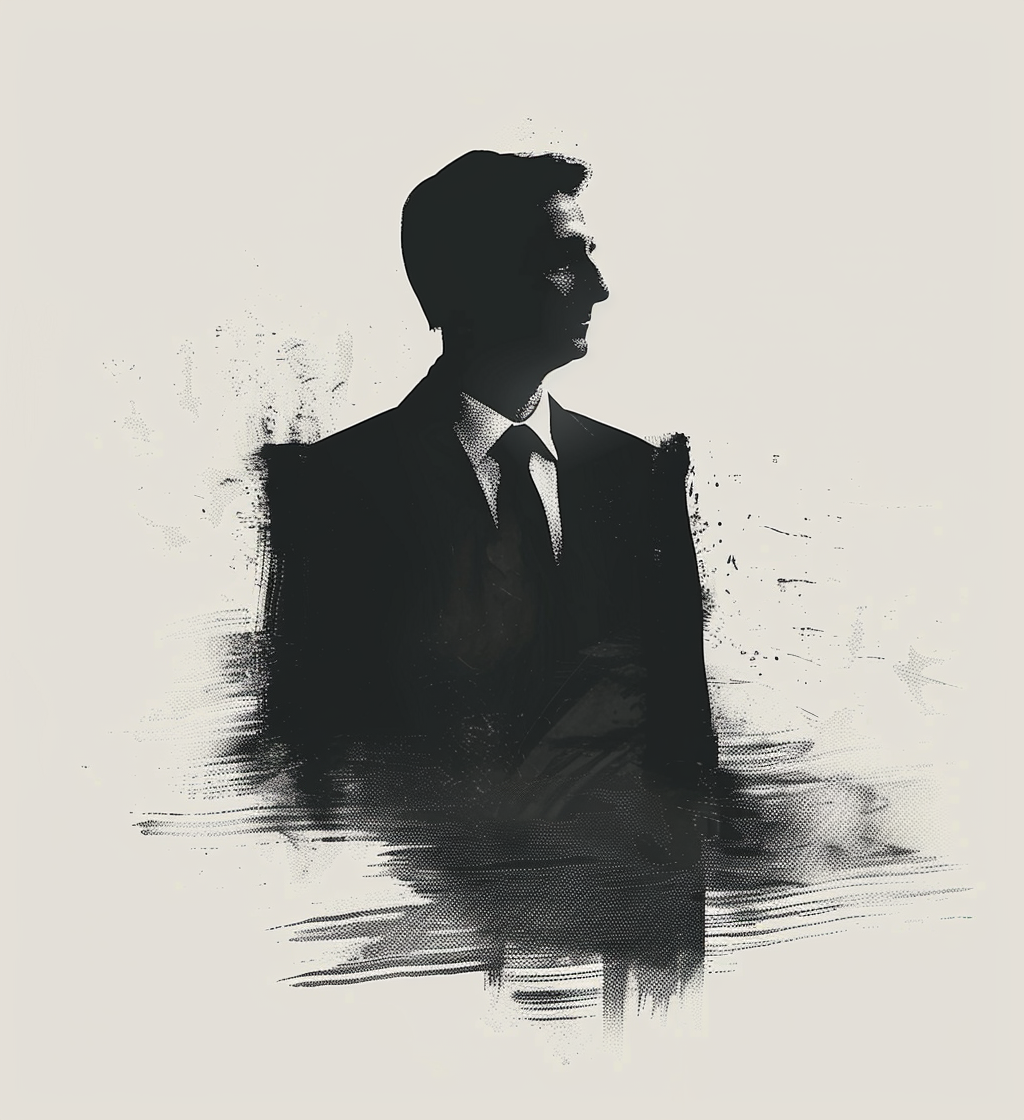
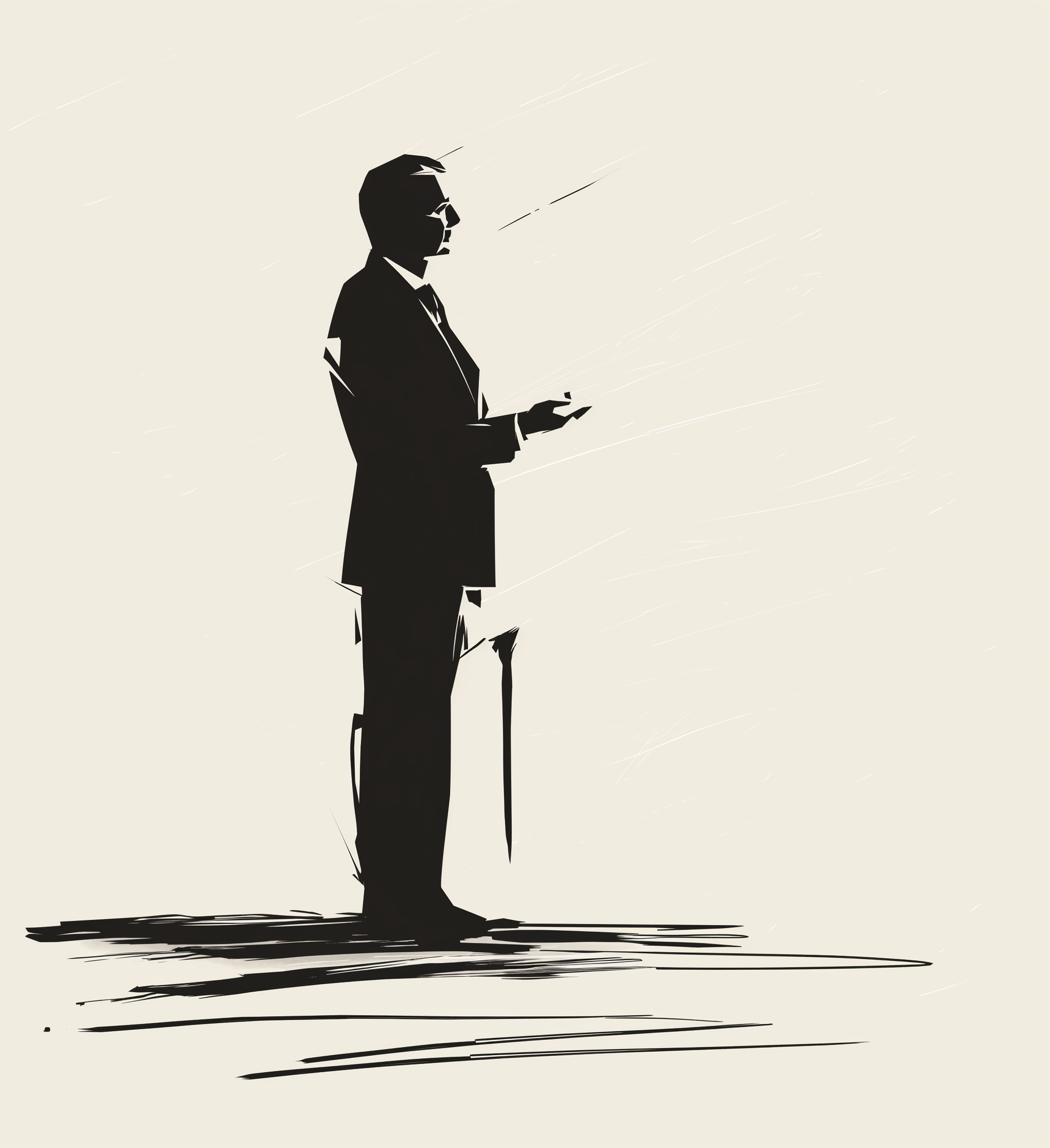
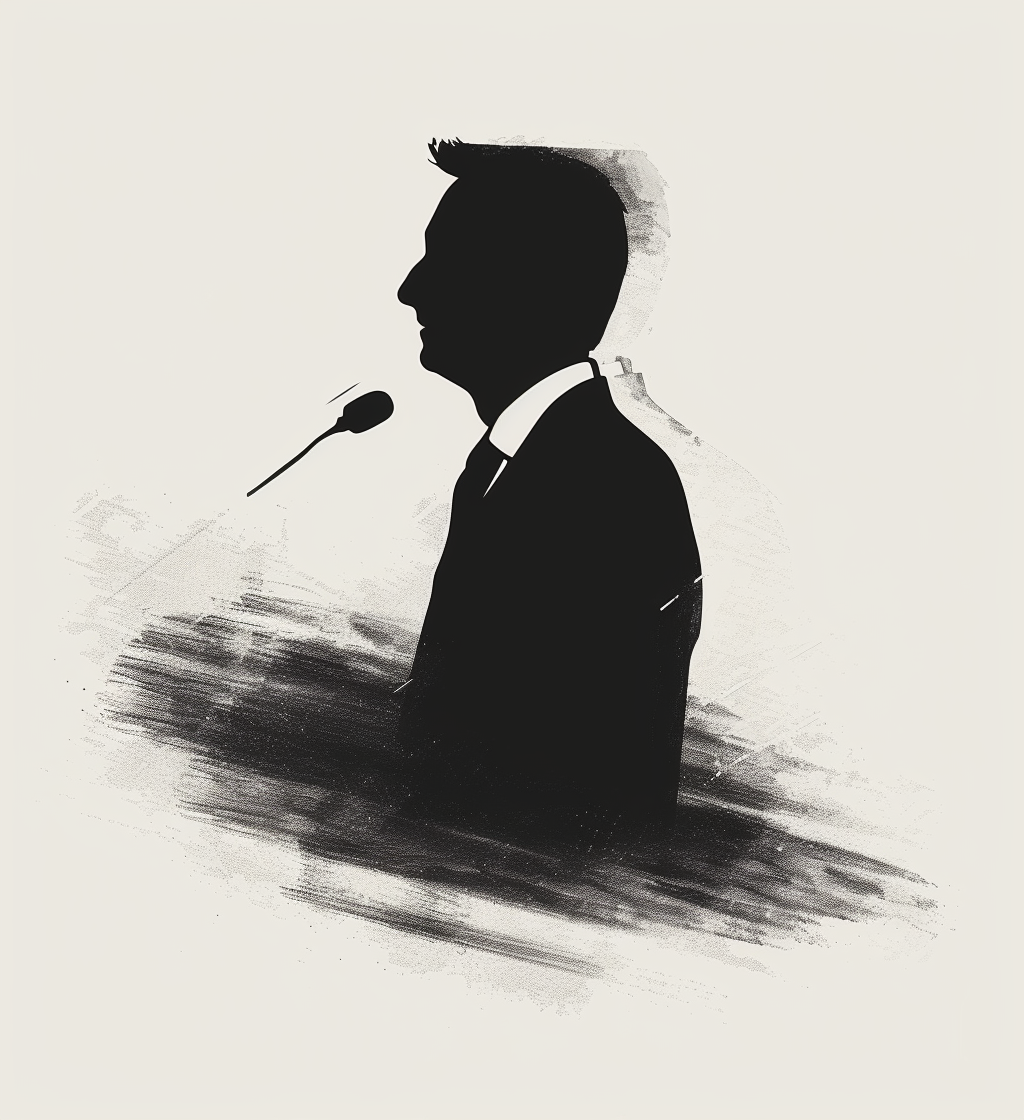
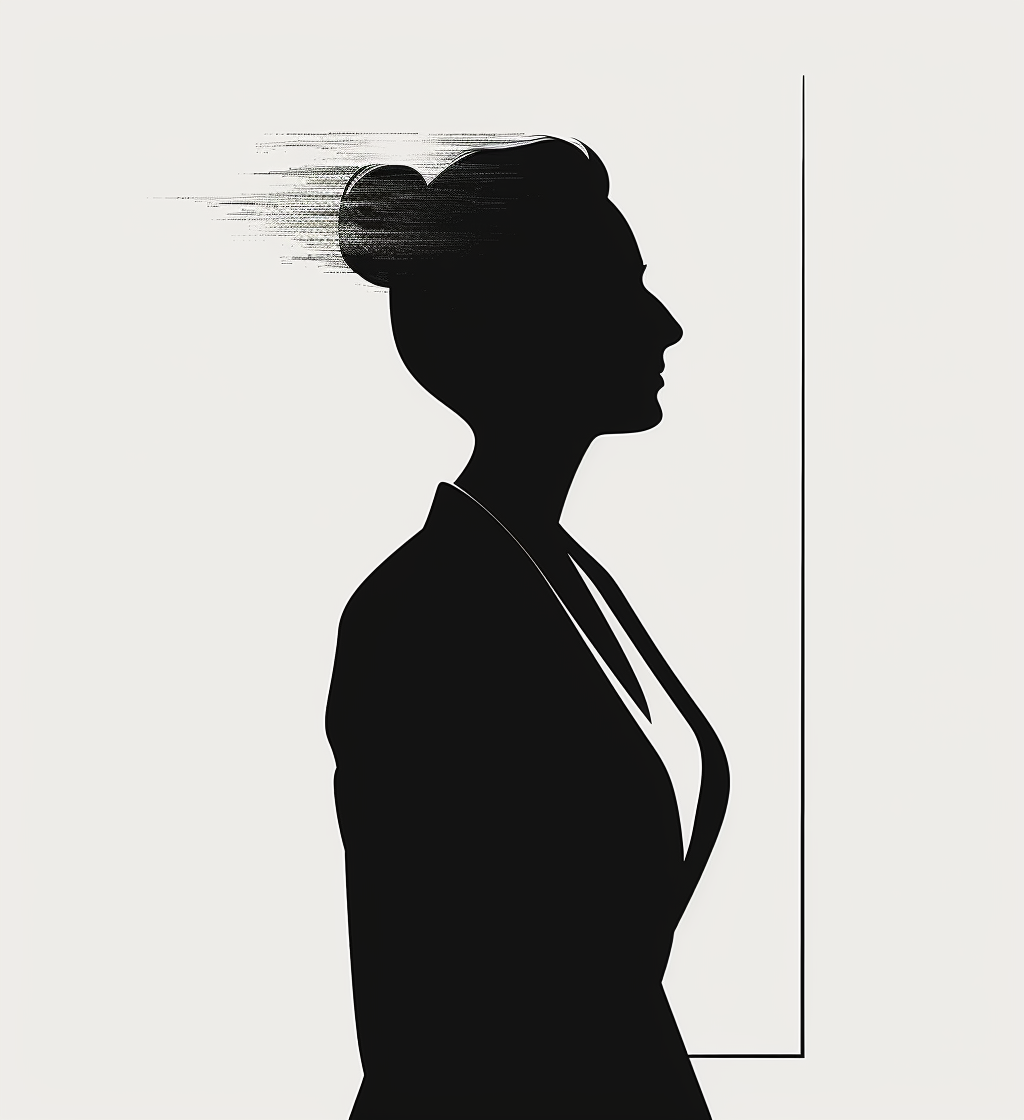


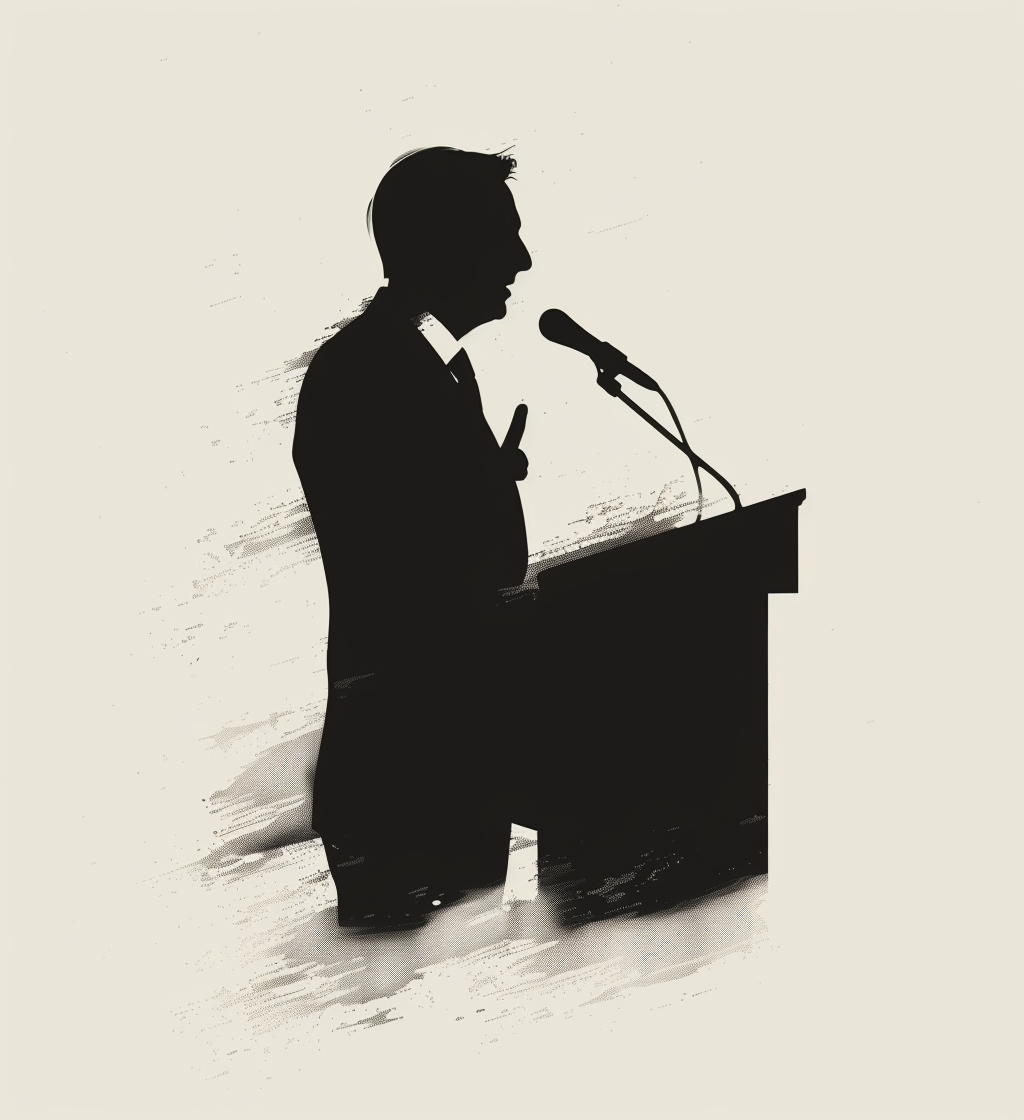



In this edition of Voices, we delve into the forces we don’t always see — but that façades must always face.
With their groundbreaking study, Chiara Bedon and Fabio Rizzo explore how wind, in its most unpredictable and dynamic form, challenges the way we test and design cable-supported glass façades.
Their work invites us to rethink not only how we build, but how we measure safety, flexibility, and real-world performance.
In contemporary architecture, glass façades are more than just aesthetic statements—they are dynamic membranes between inside and out, between stability and change. Yet, in the midst of this architectural clarity lies a question often overlooked:
How do glass façades truly behave under real wind conditions?
This is the question that Chiara Bedon (University of Trieste) and Fabio Rizzo (Cracow University of Technology) boldly confront in their research, published in Glass Structures & Engineering in 2023.
Their paper, titled "Performance of cable-supported glass façades under time-depending wind action," sheds new light on the invisible forces shaping one of the most admired—and vulnerable—components in modern architecture.
At the heart of the study is a crucial disconnection: façade systems, particularly cable-supported glass façades, are routinely tested in laboratories using static, uniform pressure loads. These methods have become standard—simplified, repeatable, and conservative.
But wind doesn’t act in such predictable ways. It twists, pulls, shifts direction, and generates turbulence, especially around buildings with complex geometries or large open spans. The result is that real wind behavior often differs dramatically from what’s assumed in standard lab tests.
This paper aims to recommend a glass panel testing standard procedure update to simulate consistently the wind action on the glass panels, taking into account effects due to turbulence and aerodynamics.— Bedon & Rizzo
For cable-supported glass façades, which rely on the tension of steel cables and the precision of point fixings, this divergence can result in a misreading of structural safety and performance.
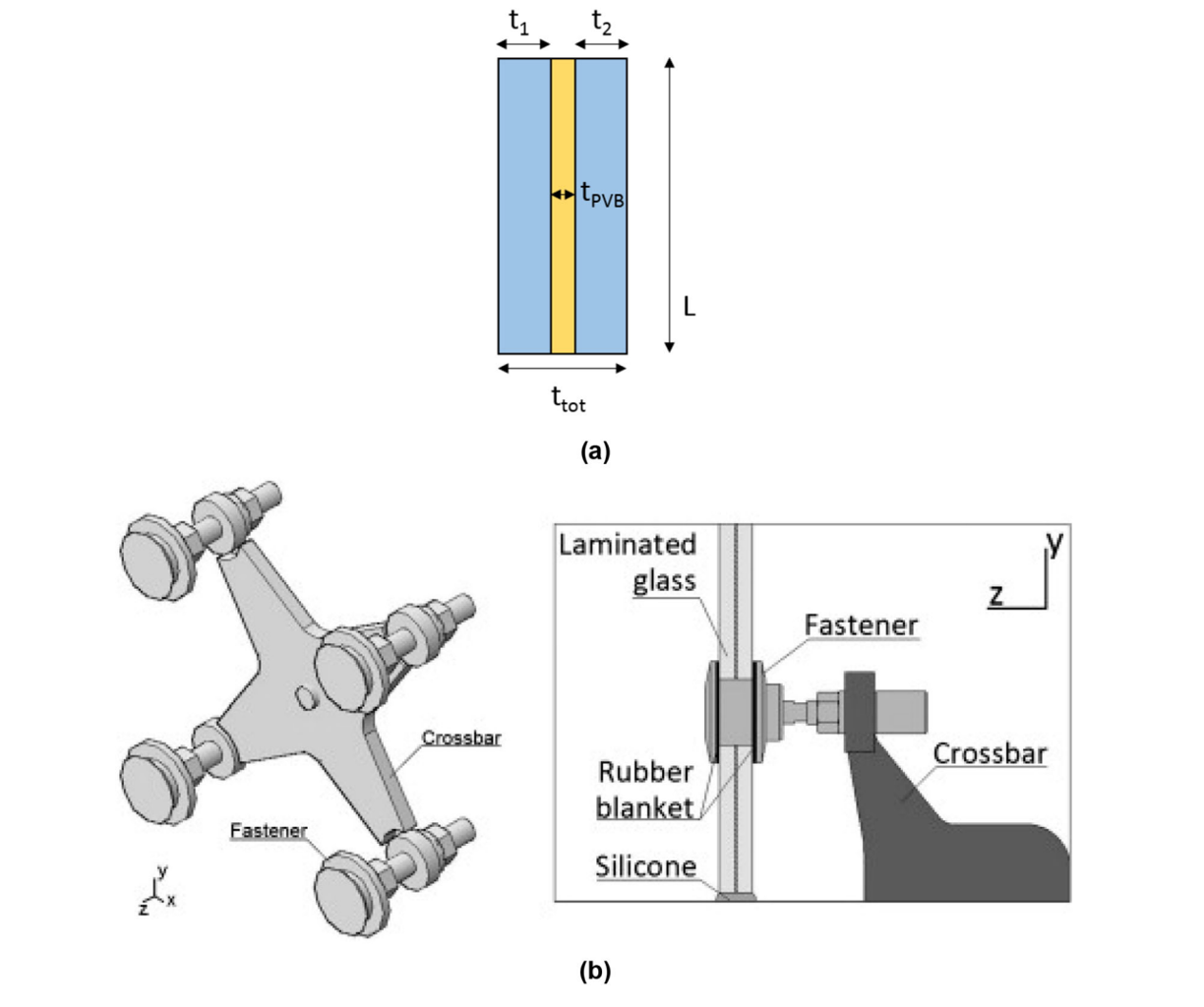
The researchers studied a 9-meter-tall cable-supported façade composed of laminated glass panels (24.52 mm thick) secured via six point fixings to a bracing system of steel cables. This type of system, already explored in previous work by Bedon and Amadio, is flexible and visually transparent—ideal for stadiums, airports, and public buildings. But that same flexibility poses challenges when faced with dynamic loads like wind.
Rather than relying on assumed or idealized pressure distributions, the team used actual wind tunnel data collected at CRIACIV (Italy), testing eight different building geometries at a 1:50 scale. The wind models featured hyperbolic paraboloid roofs—a geometry known for introducing airflow complexity—and included both square and rectangular floor plans. Tests were run at multiple wind angles, but the study focused on the two most impactful: 0° and 90°.
These experimental data allowed the authors to generate time-dependent pressure histories, simulating how wind forces truly act over time across various parts of a façade.
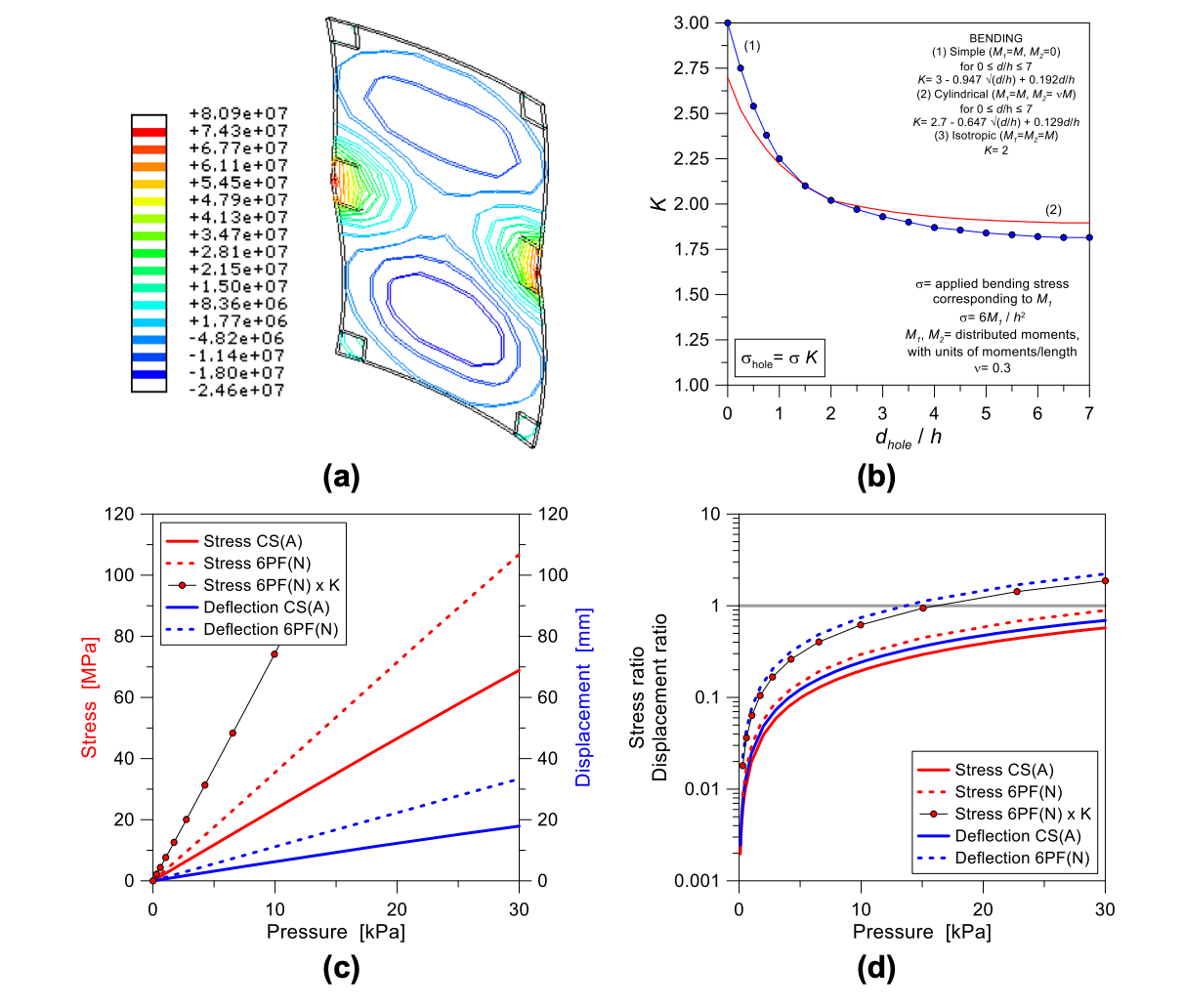
Using ABAQUS, a nonlinear finite element model was developed to run time-history dynamic simulations across a range of conditions, including:
A total of twelve simulations (four analysis sets) were performed, each revealing how design assumptions can lead to unexpected results under realistic wind action.
Traditional pressure tests assume wind acts as a single, steady push across a surface. But the research reveals wind to be a highly dynamic force, fluctuating across time and space, generating suction in one corner of a façade panel and pressure in another. This can create torsional effects in the structure—particularly damaging in flexible systems.
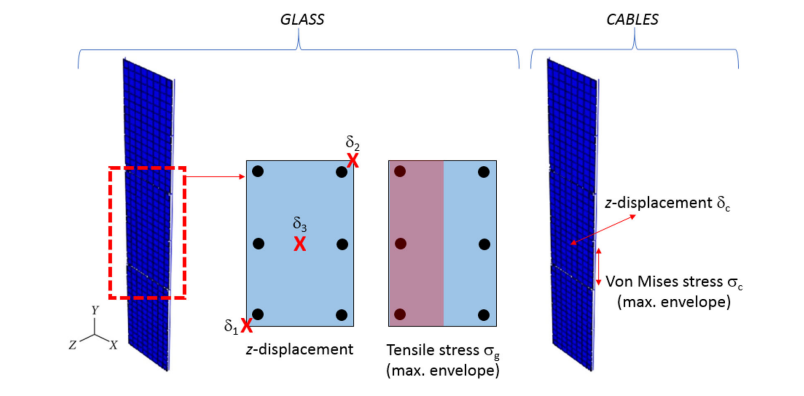
The response of a panel depends significantly on its position on the building. Panels close to the edges of airflow separation are more susceptible to pressure variation and vibration. These areas exhibit higher standard deviation in stress and displacement, indicating greater instability and potential for fatigue.
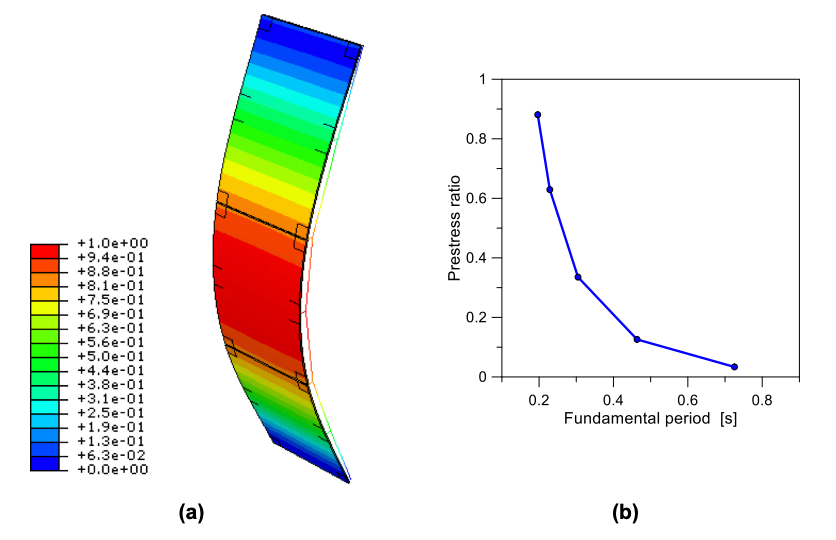
Switching from a flat roof to a curved one, or from a square to a rectangular plan, drastically alters the wind flow pattern. These changes influence not only the magnitude of forces, but also the structural mode shapes—how the façade deflects and vibrates.
By adjusting the prestress in the cables, engineers can control the façade's natural frequency and response amplitude. However, the optimal level varies depending on geometry and wind angle—highlighting the need for customized tuning, not generalized assumptions.
Perhaps the most important insight: static lab tests fail to capture the complex real-world behavior of cable-supported glass façades. In fact, these tests may underestimate the potential for damage from dynamic wind loading, leading to unintended performance failures.
The numerical simulations showed striking contrasts:
In practical terms, this means that the same façade could behave safely under one wind condition, but fail under another—even if both conditions fall within what is currently considered “safe” in code-based static testing.
The findings of this study are far from academic: they represent a clear call to action for the construction and façade engineering sectors. As buildings grow taller, lighter, and more expressive, the need for more accurate testing and modelling grows more urgent.
Even if wind-induced local pressures are under the limits for glass panels, the wind action induced kinematics on the façade structural system might be unsafe. — Bedon & Rizzo
This research challenges an industry standard and proposes a more nuanced, data-driven approach to understanding façade performance. It's not enough to build beautiful façades—we must also ensure they perform under the chaotic and complex conditions they will face.
By combining wind tunnel testing, advanced simulation, and a deep understanding of glass and cable systems, Chiara Bedon and Fabio Rizzo are helping push façade engineering into the future.
Their work suggests that tomorrow’s façades will not only be transparent and expressive, but also intelligently responsive to the forces that shape them.
Chiara Bedon & Fabio Rizzo
"Performance of cable-supported glass façades under time-depending wind action"
Published in Glass Structures & Engineering (2023), Vol. 8, pp. 81–98
🔗 https://doi.org/10.1007/s40940-022-00180-2
"Facades Today": is a one-day conference exploring contemporary approaches to façade design, innovation, and cultural meaning.
Expect critical insights, surprising case studies, and practical visions for what comes next in urban envelopes.

Location:
Milan, Monte Rosa 91 - Auditorium

Date:
April 24, 2026 — 09:00 to 18:00

Audience:
The people who shape buildings—designers, engineers & makers

Contact: events@foolsforfacades.com
Join the archive that celebrates architecture’s most iconic façades.
If your company played a role—through materials, systems, or expertise—let us know.
We’re building a record of the people and products behind the world’s most influential buildings.
Are you working on façade innovation, materials, or design methods?
Submit your study and be part of the conversation shaping tomorrow’s architecture.
